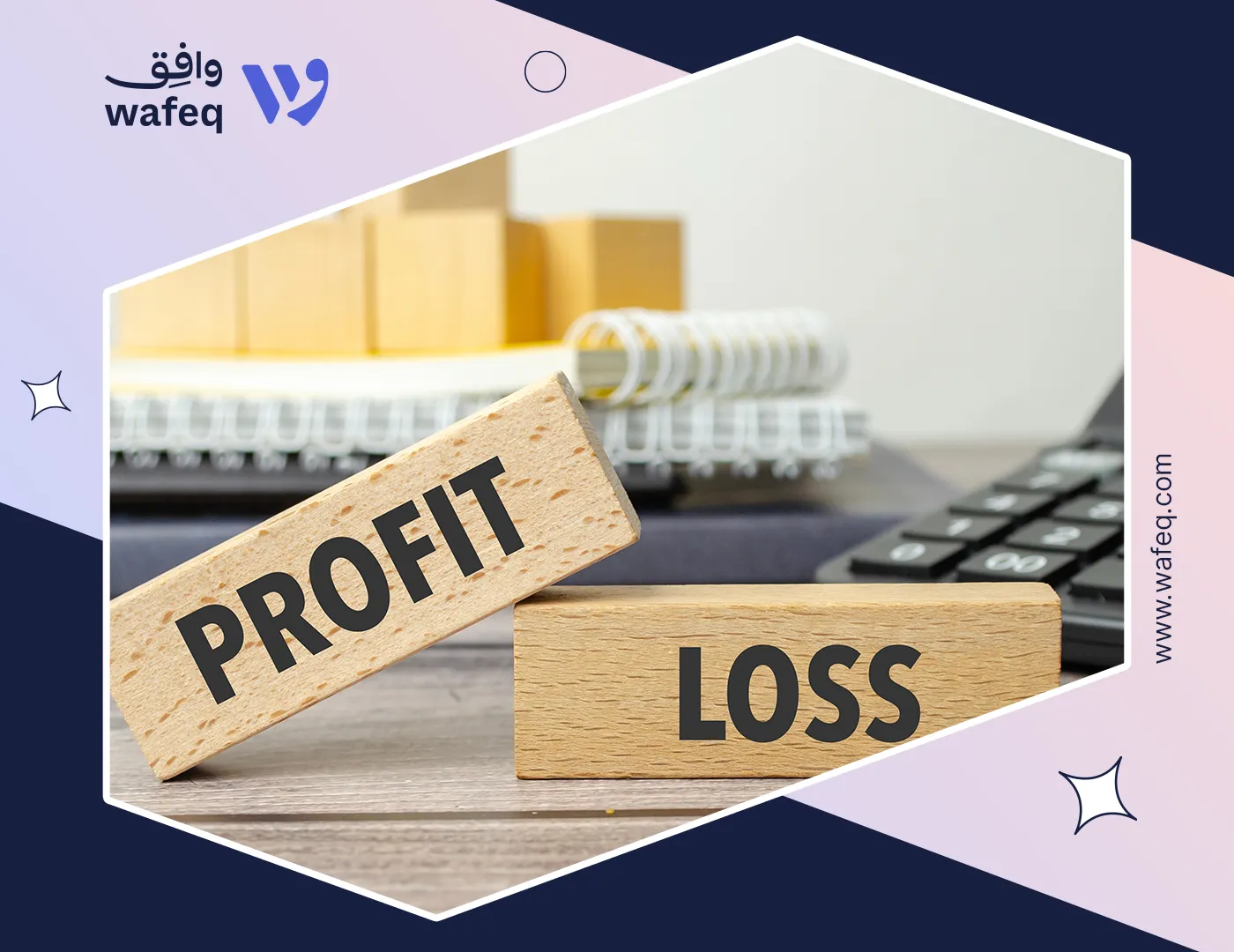Accounting Journals, Ledgers, And Double Entry Explained

When it comes to journals, ledgers, and double entries in general, it’s often paramount to get the basics right. Therefore, we will highlight all the basics you need to know about the above, and more, through easy-to-understand examples—read on to find out more.
Everything To Know About Journal And Ledger Entries
You might have noticed that every transaction we recorded immediately impacted two accounts if you had taken a quick look at the one-page financial statements from our last post on the balance sheet and income statement.
For instance, we used (reduced) funds from our bank account (an asset account) to pay the Rent, and we logged the payment to Rent (an expense account).
_Review what we published before about The Use Of Double-Entry Accounting
The Flow Of Funds Needs To Be Tracked
Money, or value more generally, doesn't just exist or vanish in a firm. It must originate from somewhere (you, the owner; loans; revenue; or another source) and be put to use or invested in some manner
(in bank accounts and other assets; back to you, the owner; to settle liabilities; or to pay expenses).
As a result, it becomes common practice to record every transaction as an exchange between two accounts, just as we did in our specific instances.
Use Wafeq - an accounting system to keep track of debits and credits, manage your inventory, payroll, and more.
Use Wafeq - an accounting system to keep track of debits and credits, manage your inventory, payroll, and more.
The Origins Of Accounting In A Nutshell
The practice of recording each transaction in a day book, or "journal," and cross-posting the identical transactions into two different Accounts inside a Ledger was developed by merchants as early as the mid-15th century.
When accounting started going from paper to computers, software developers used the same principles and techniques due to how successfully this process withstood the test of time.
There is no reason you should ever need to be able to complete double-entry bookkeeping by hand, on paper. However, it's helpful to be aware of the components of a traditional bookkeeping system, so you can comprehend what Wafeq is doing in the background.
The Accounting Process Breakdown
Let's examine the conventional accounting procedure.
- The Source Records of the company's financial activities are provided by invoices, purchase orders, bills, receipts, petty cash slips, bank transaction histories, and other potentially relevant data.
Transactions should be recorded in a Journal to be viewed chronologically.
- Journals: Books of a daily record where each transaction is documented in chronological order with a note of which account received value in the transaction and which contributed value (much like a personal diary that you write every day).
- Journal transactions are "posted" (copied out) into the appropriate Ledger Accounts. The above is known as a double entry. Every Journal entry, or "double entry," records an Account that receives value and an Account that delivers value, resulting in two postings to the affected Ledger Accounts.
- Ledgers: Summative record books that typically have a page for each account. Transactions first recorded in the Journals are repeated in the Ledgers, where they are categorized and summed up by account as opposed to Date.
- Financial reports: A Trial Balance is performed as of the reporting date to ensure there have been no mistakes in posts to the Ledger. The Financial Statements pull ledger balances and re-present them.
- Financial Statements: Totals from the asset, liability, and owner's equity-type ledger accounts are shown on the balance sheet as of the balance date. Totals from the Income and Expense-type accounts for the reporting period are included in the P&L.
Accounting Software To The Rescue
Thankfully, you don’t have to do all this manually, like in the old times. Instead, Wafeq does the heavy lifting and completes almost all relevant accounting transactions automatically and reliably.
With our cutting-edge accounting software, we can aid you through the entire accounting process and help your business see its results clearer than ever. Despite that, there are still a few things that you should be aware of about journal and ledger entries, so we listed them below.
Understand The General Ledger At Its Core
The General Ledger, which is just a list of every transaction you've ever made, arranged by account, is still present in Wafeq, even though it's no longer pages in a large, leather-bound book.
You Will Never Need To Post A Journal Transaction To A Ledger
Everything now sits in an extensive database, ready for you to view from any aspect you need, unlike the paper-based, manual accounting of the past, when transactions were typed into journals, copied into ledgers, checked, and aggregated into financial statements that you could use.
The Above Is All The Ledgers You Need To Know
Back in the day, large companies with a high volume of sales and purchases would record their sales in specific ledgers like the sales ledger after posting them to journals like the sales journal.
Periodically, the transactions in separate ledgers would be added up, and the total for the time would be reported to General Ledger.
You don't need to worry about any of this, but now you'll understand if your accountant mentions your sales ledger or purchases ledger to you.
Use Wafeq to keep all your expenses and revenues on track to run a better business.
Use Wafeq to keep all your expenses and revenues on track to run a better business.




.png?alt=media)








